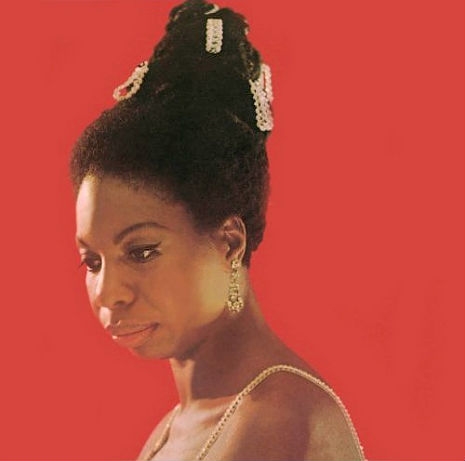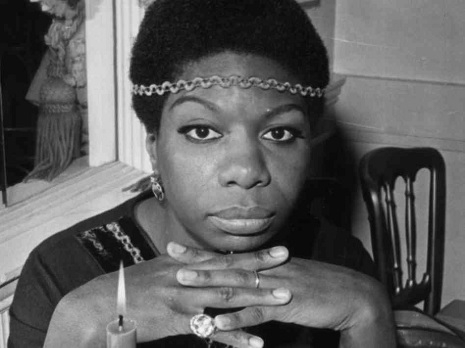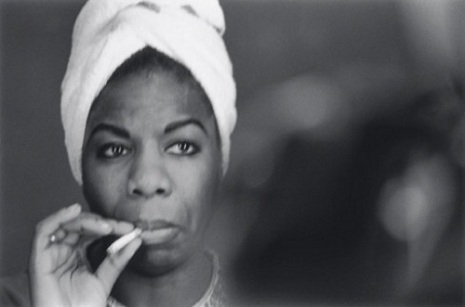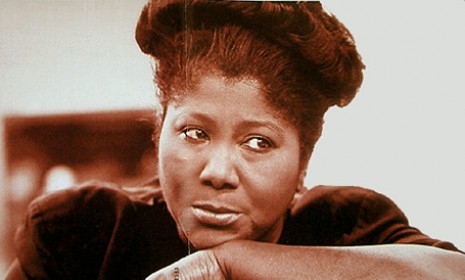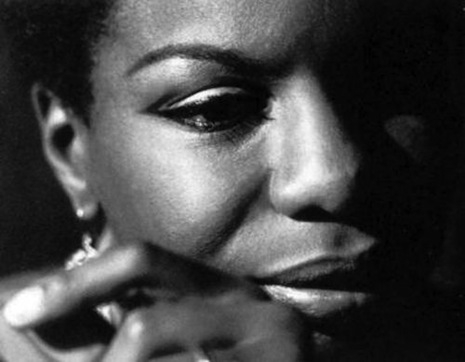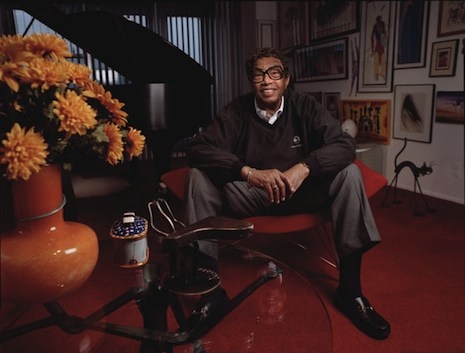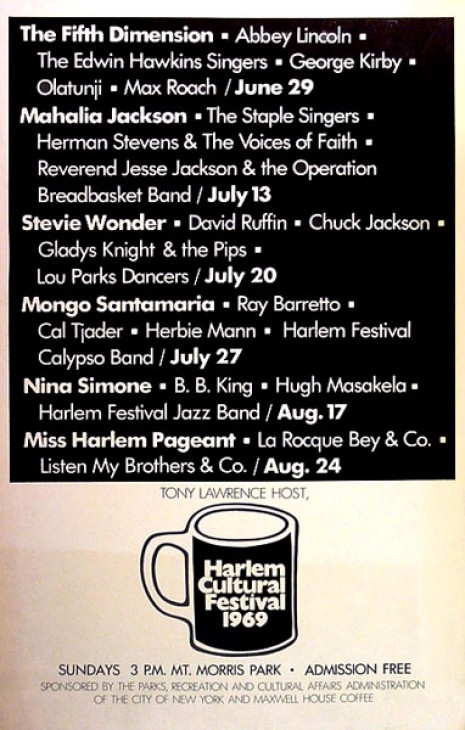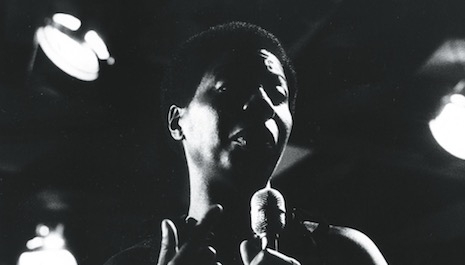
Few musicians put as much of themselves into their performances as Nina Simone. Even by her standards, however, the concert she gave for the attendees of the Montreux Jazz Festival in Switzerland on July 3, 1976, was an especially vivid display of temperament, humor, frustration, and frayed emotion.
That evening, Simone set the tone early. Her first words after taking her seat at the piano, before breaking into a rendition of the Rodgers and Hart standard “Little Girl Blue” put the audience on notice:
I haven’t seen you for many years since—1968. I have decided I will do no more jazz festivals. That decision has not changed. I will sing for you—or we will do and share with you a few things. After that I will graduate to a higher class I hope and hope you will come with me. We’ll start from the beginning.
Simone’s haughtiness and general emotionality does not diminish throughout the set. At one point, she is obliged to tussle with a misbehaving mic stand—the moment (eventually) becomes quite funny. Before one song, Simone admonishes any listener who might threaten to relegate her, at that moment a resident of Liberia, to the category of just another ignorant black artist: “I do speak French, you know. I am not like all those black musicians who come over here and get locked into their own thing and never speak one worrrrd,” moments before praising Montreux and its “terrible, wonderful peacefulness. It permeates everything that is here. It attracts me and holds me, and I hope that I’m permitted to stay amongst you for a little while.”
In one odd moment, Simone belligerently demands to ascertain the whereabouts of David Bowie, who had recently moved to nearby Blonay—she becomes irritated to learn that he’s not in the house. (Two years earlier, Bowie and Simone had developed a tolerably intense friendship, conducted mostly on the telephone, during which Bowie helped her get out of an emotional funk. Simone said of the relationship, “He told me that he was not a gifted singer and he knew it. He said, ‘What’s wrong with you is you were gifted—you have to play. Your genius overshadows the money, and you don’t know what to do to get your money, whereas I wasn’t a genius, but I planned, I wanted to be a rock-and-roll singer and I just got the right formula.’”)
Continues after the jump…






